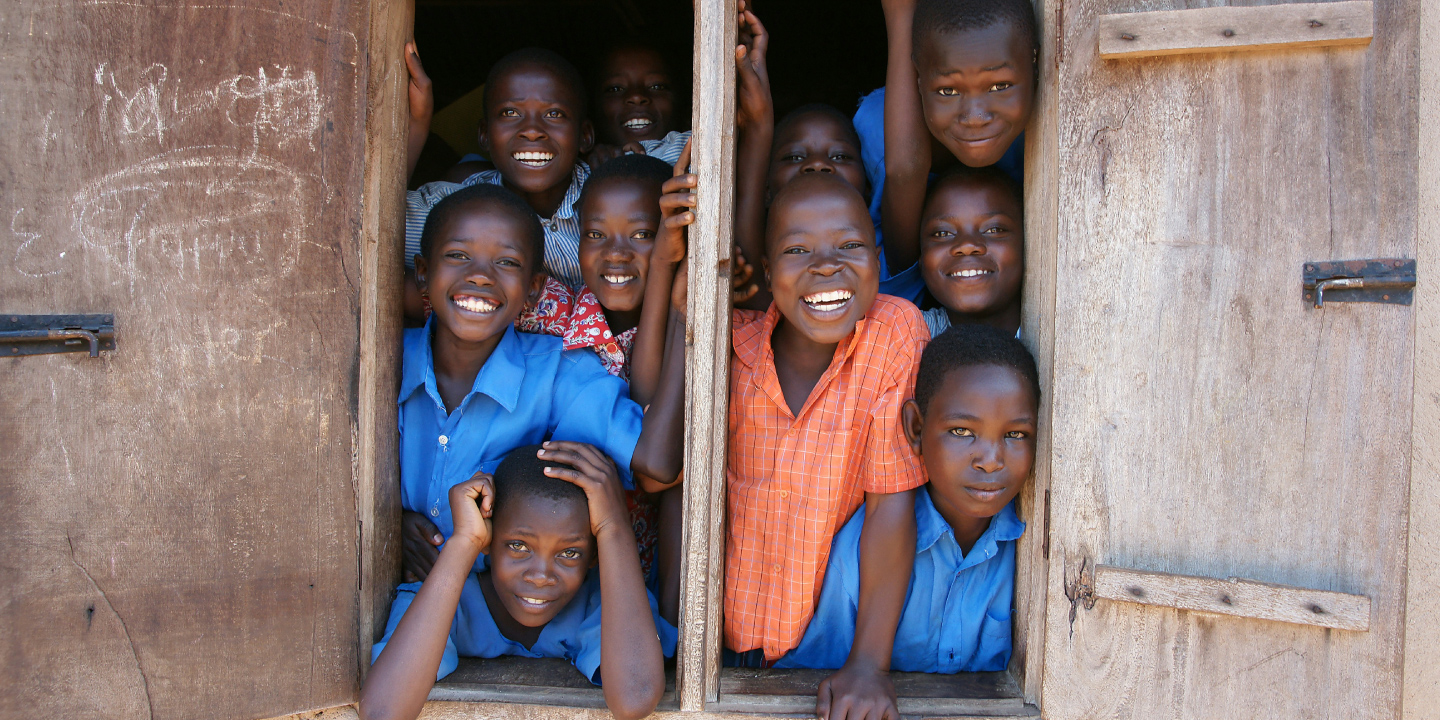
Rwanda’s national assessment includes children with disability
ACER news less than 1 day ago 6 minute readACER India supported the Ministry of Education, Rwanda to conduct LARS (Learning Achievement in Rwandan Schools) with the participation of students from mainstream and special education schools.
In Sub-Saharan Africa, Rwanda has shown notable progress in the education sector, especially in expanding access to primary education. However, there are persistent systemic challenges such as barriers to education for children with disability and poor quality of education.
The Rwandan government has acknowledged that strengthening the quality of basic education is vital to reducing poverty and achieving the country’s Vision 2050 goal of becoming a high-income nation.
Since 2011, Rwanda has used the Learning Achievement in Rwandan Schools (LARS) assessment to address the challenge of improving learning by using data-informed strategies. LARS evaluates student learning outcomes aligned with the national curriculum, focusing on foundational literacy, numeracy, and science at Primary 3, Primary 6, and Senior 3 levels.
In May 2025, the Australian Council for Educational Research (India) conducted LARS in 587 mainstream schools and 4 special education schools as a technical partner to the Ministry of Education, Rwanda for LARS 2025.
Data from the assessments helps:
- provide insights to inform policy decisions
- identify vulnerable groups and underserved geographical areas
- strengthen teaching and learning practices
- facilitate international reporting, particularly for Sustainable Development Goal (SDG) indicator 4.1.1 on Quality Education.
Disability inclusion in large-scale assessment
LARS also has the specific mandate of reporting on the learning levels of students with disability and includes adaptations and accommodations for the assessments.
Large-scale educational surveys are vital tools for understanding learning outcomes and identifying systemic gaps. Including students with disability in these surveys enriches the data and ensures that educational policies reflect the diversity of student experiences. However, translating this understanding into practice is not straightforward.
Large-scale assessments need to be standardised so that students can be assessed similarly to ensure accurate reporting. However, for students with disability, the test instruments and administration may need to be adapted. This is a major challenge for large-scale assessments.
Another challenge is that teachers and parents – often the gatekeepers of student participation – may hesitate to involve children with disability, citing concerns about added pressure, relevance, or logistical challenges. Language can also be a significant barrier.
Many children with disability are taught in their mother tongue, which may differ from the language used in national or international assessments. This mismatch can hinder meaningful participation and raise important questions about equity and representation.
In cases of physical or sensory disabilities, inclusion is typically guided by a simple principle: if a student can respond to the assessment, they are eligible to participate. But the decision becomes more complex for students with cognitive, behavioural, or emotional disabilities. Here, inclusion is shaped not just by ability but by perception. Stakeholders may worry that these students could struggle academically or exhibit behavioural challenges that might affect survey outcomes. Such concerns, while understandable, risk excluding voices that are essential to having a complete picture of educational equity.
Research shows that different approaches can be taken to include students with disability in assessments while maintaining standardisation. In practice, significant efforts are still required to effectively assess the learning outcomes of children with disability, who represent a diverse and varied group of learners.
LARS 2025 was inclusive
LARS 2025 took a significant step toward inclusive data collection. A representative sample of students with functional disability – specifically visual and sensory impairments – was drawn from special education needs schools across grades P3, P6, and S3.
For visually impaired students, survey instruments were adapted into Braille, with minimal modifications to graphics, tables, and figures to ensure data comparability. Moreover, the same student background questionnaires used in mainstream schools were used in special education settings, reinforcing the commitment to standardised and inclusive data practices.
The inclusivity of LARS 2025 demonstrates that with thoughtful design and stakeholder engagement, inclusive educational surveys are achievable. When equity and accessibility are prioritised, there is more representative data collection, which builds towards an evidence-informed learning system for all students.
If you would like to know more about LARS or our work in inclusive education, write to india@acer.org
